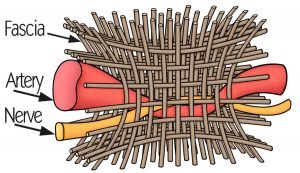How to Deal with Bug Bites
/The best thing you can do for a bee sting or mosquito bite is to grab a couple leaves of plantain, mush them up (some people chew them up), and apply it to the bite immediately. It takes away the pain and soothes the injury, helping it heal.
The problem is that we can’t find a plantain plant when we need it.
A plantain-infused oil is the next best thing. You can easily infuse plantain leaves into the oil of your choosing. Just stuff as much fresh plantain into a jar, fill it with the oil of your choice, and leave it for 2 weeks, shaking it every so often. If you are using dried plantain, fill the jar only halfway.
Where do you find plantain? It’s a common weed in the Midwest, often found in driveway or sidewalk cracks. Select leaves that are in good shape, and if the leaves are dirty (which they often are because the plant grows so close to the ground), wash them before you pick them and allow them to dry so that you don’t introduce water to the oil.
At Golden Age Wellness I mix plantain oil with yarrow liniment for our Stop the Sting bug bite formula. Yarrow is an herb that has been used for centuries to stop bleeding while it heals open skin. With yarrow included in the formula, Stop the Sting can be used as a general first aid ointment as well as a bug bite reliever. A splash of lavender essential oil enhances the antimicrobial action.
Stop the Sting is sold in a small bottle (10 ml) with a roller ball applicator, so you can take it with you on the go.























